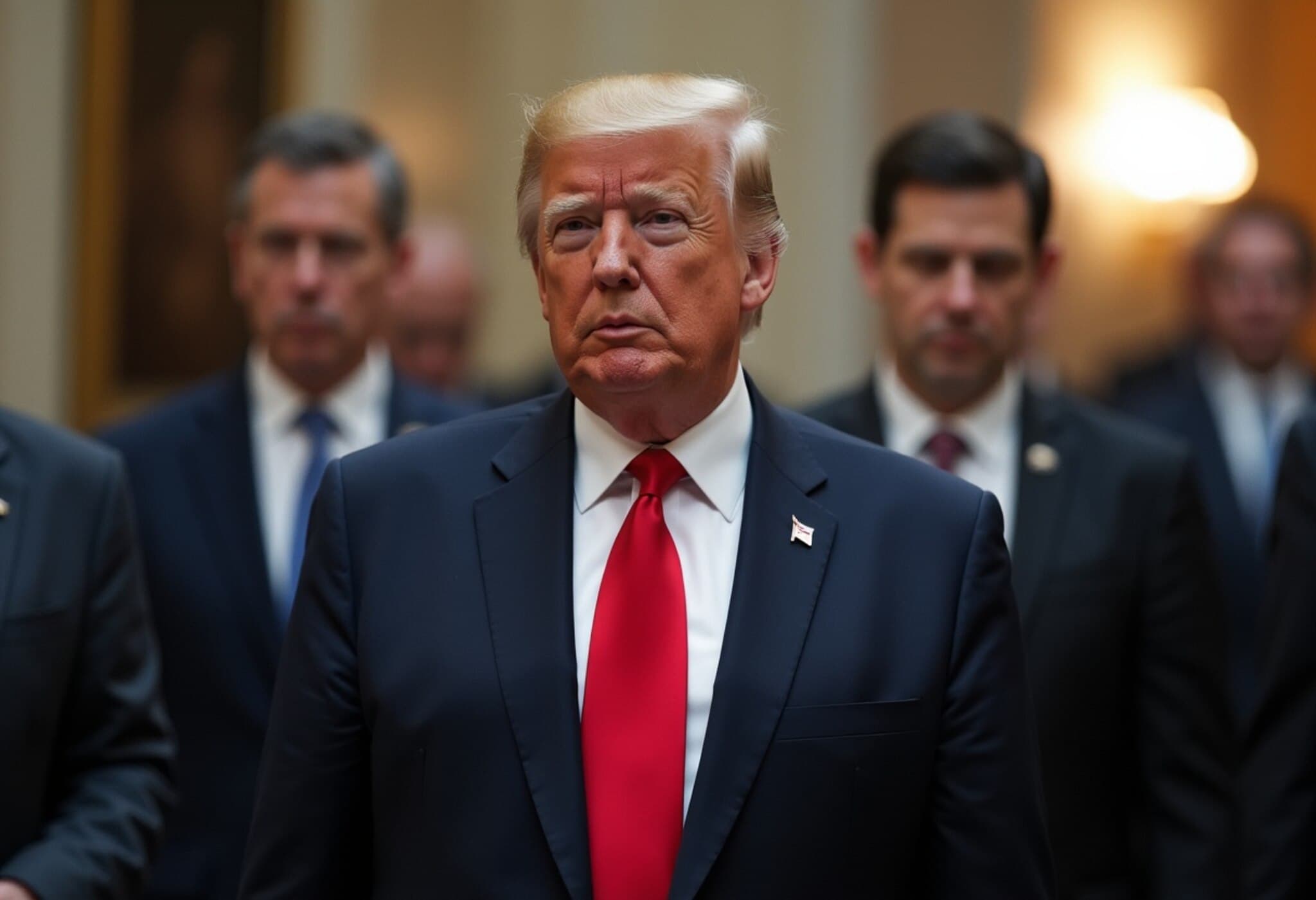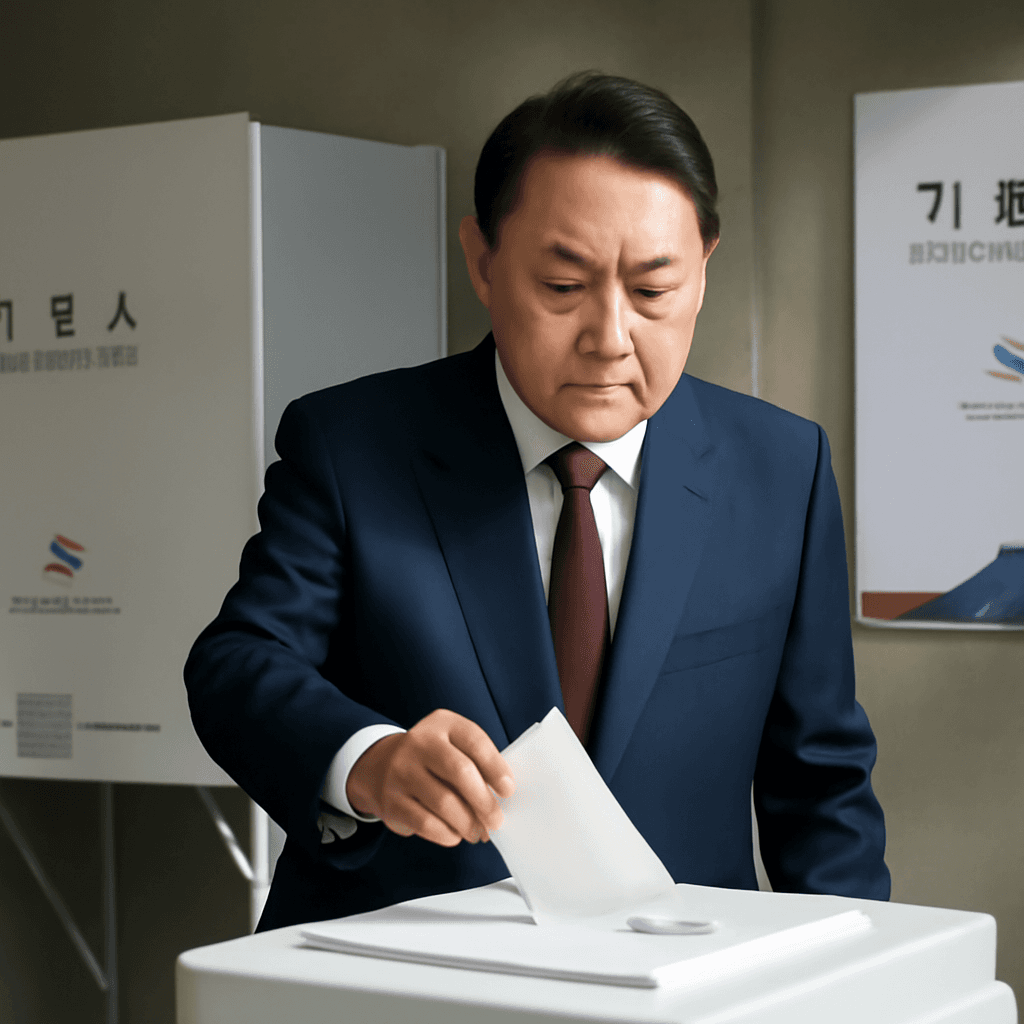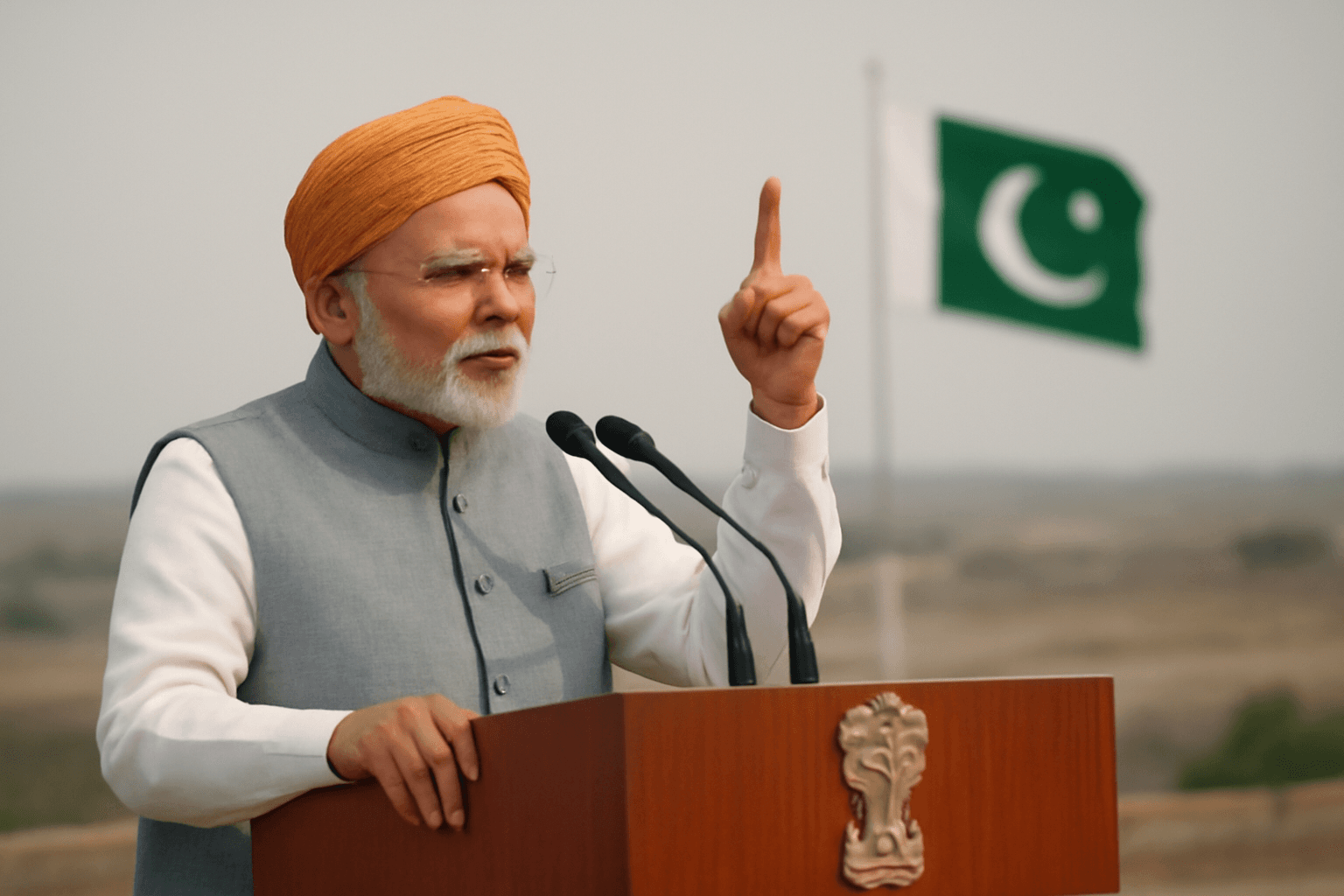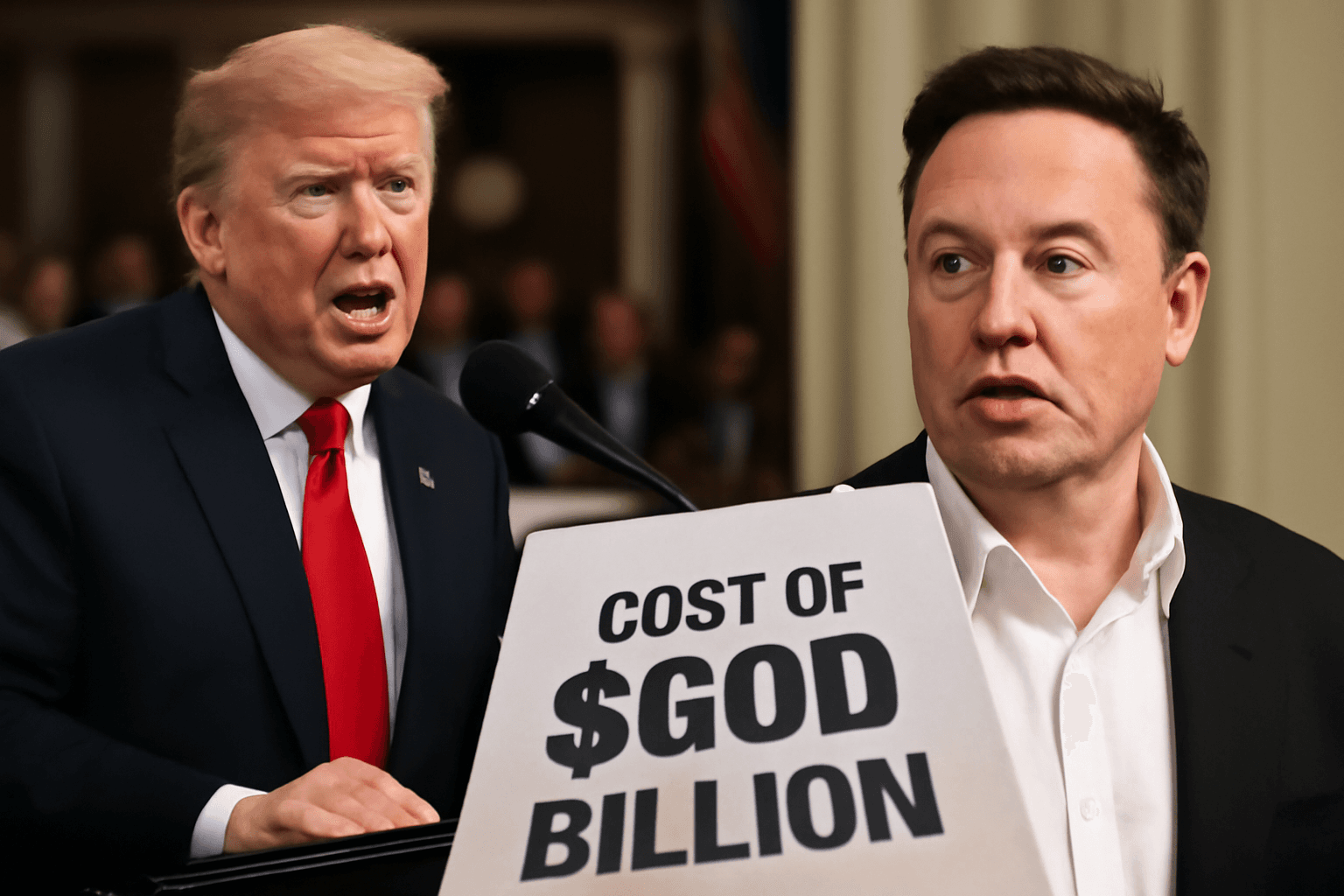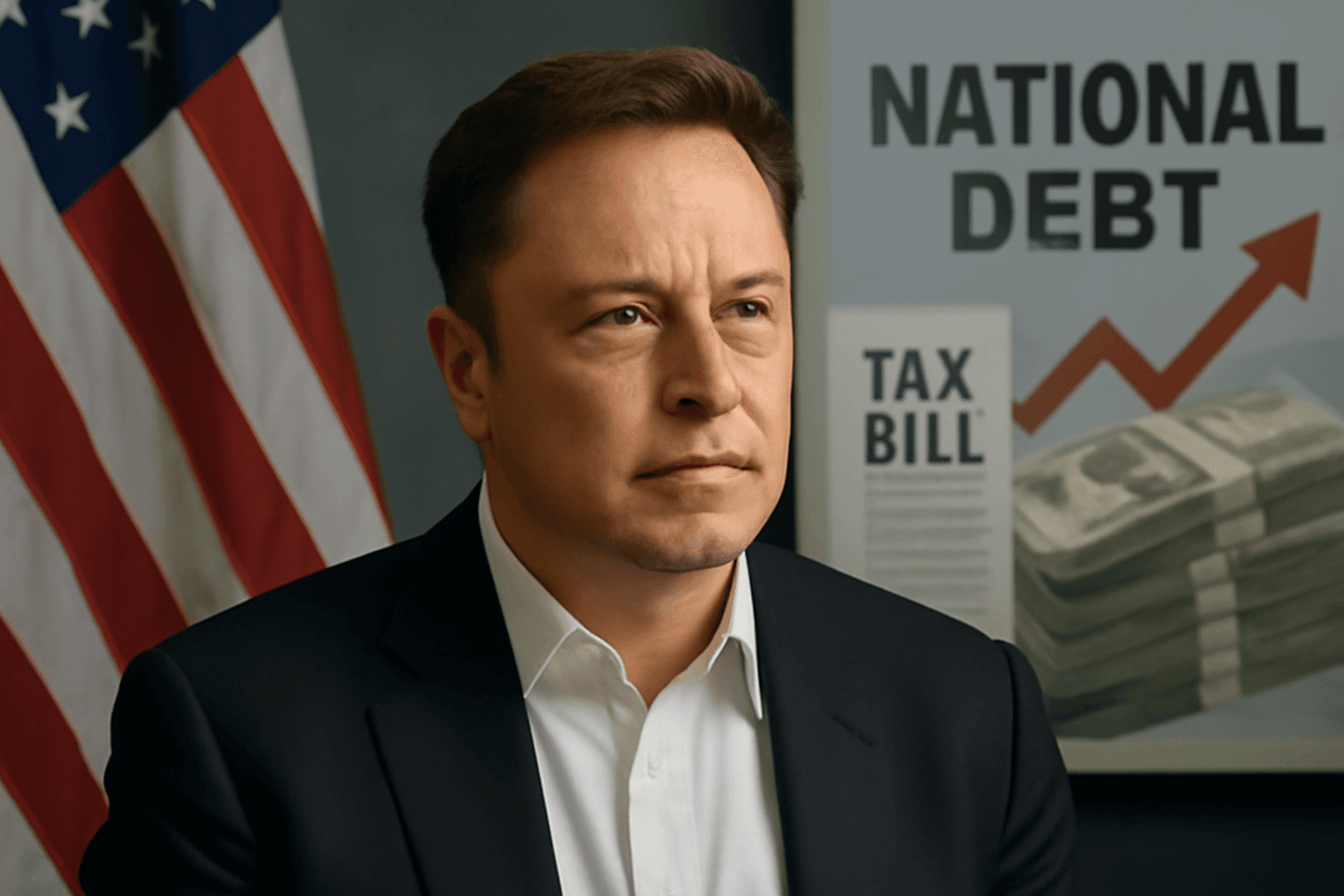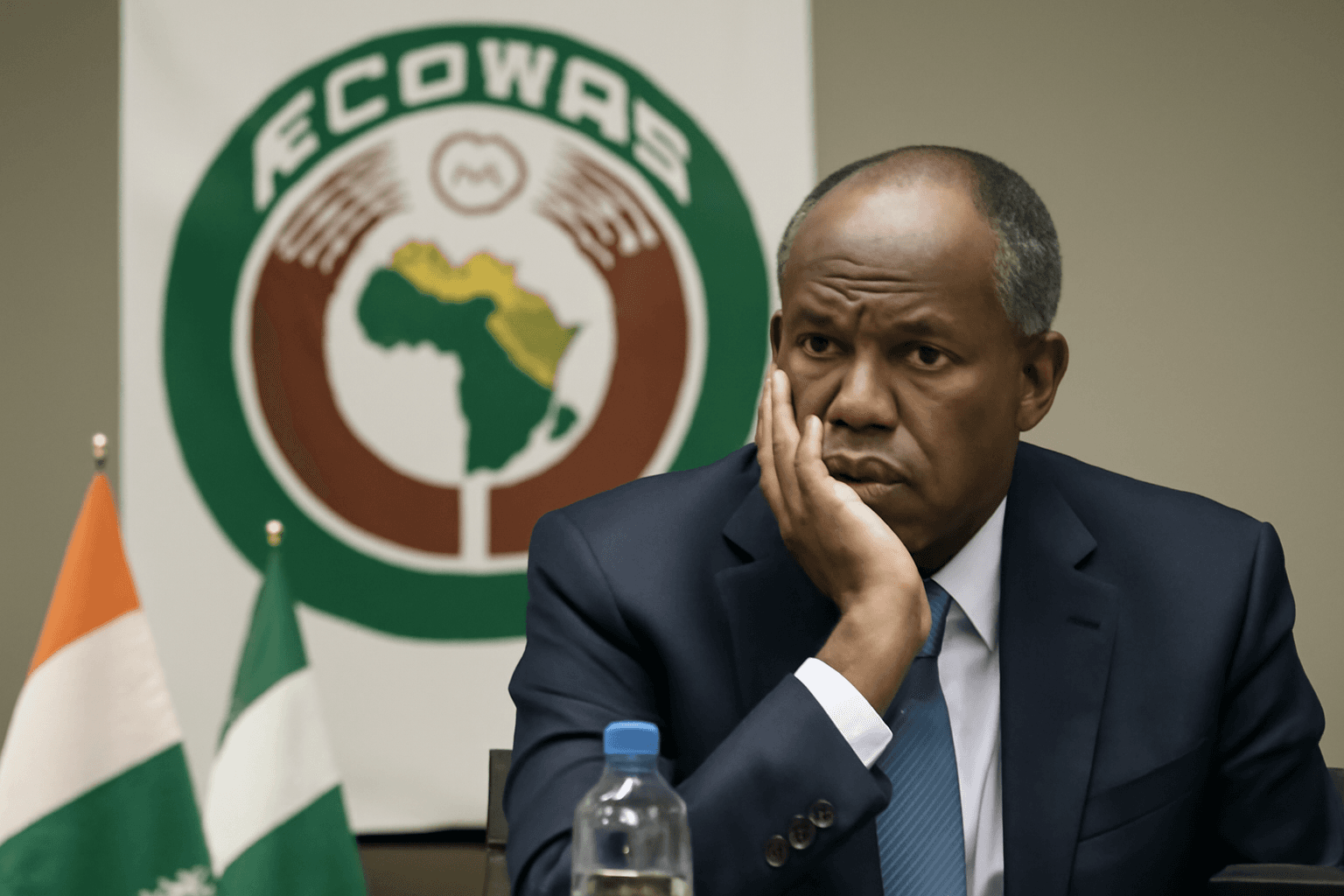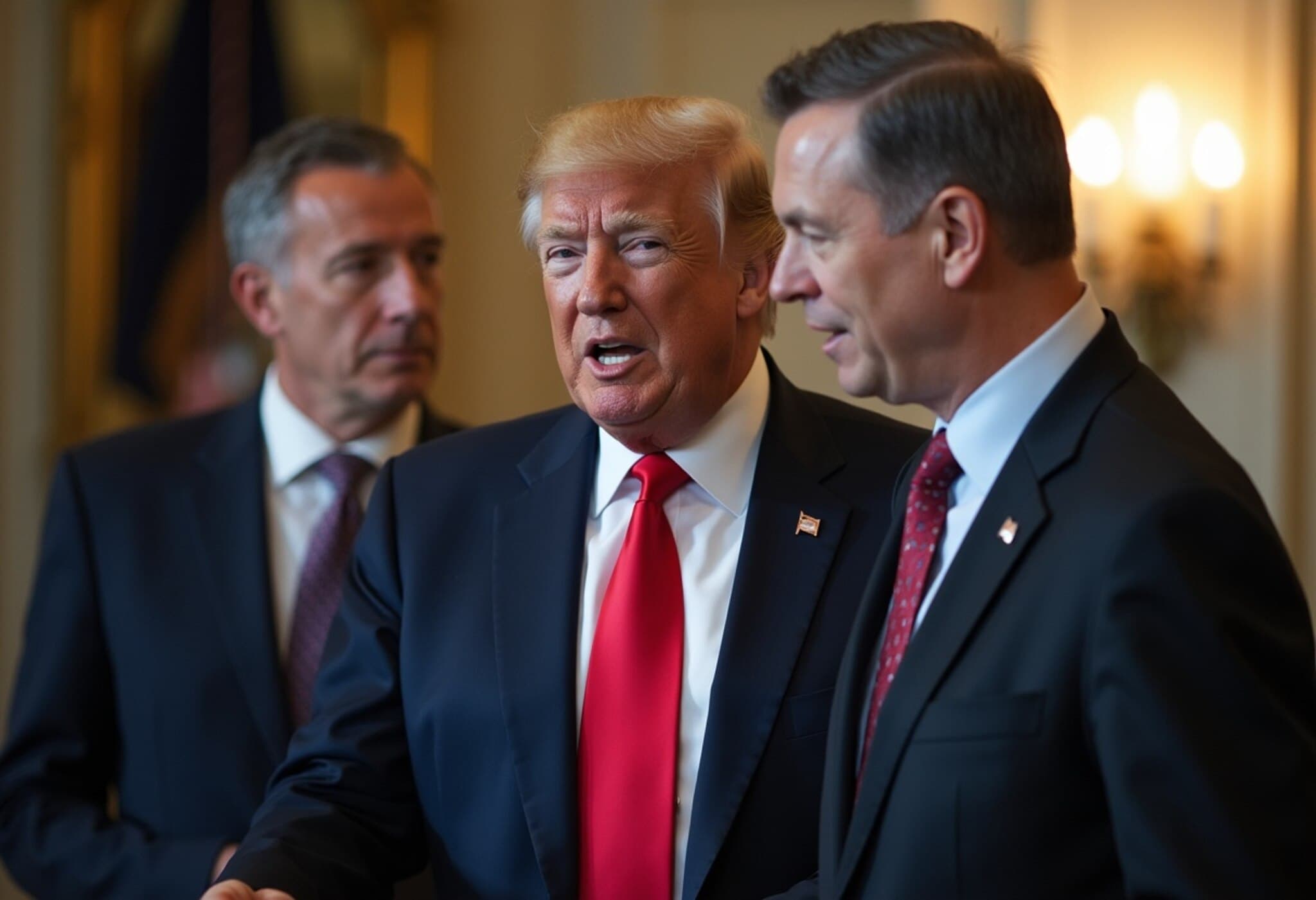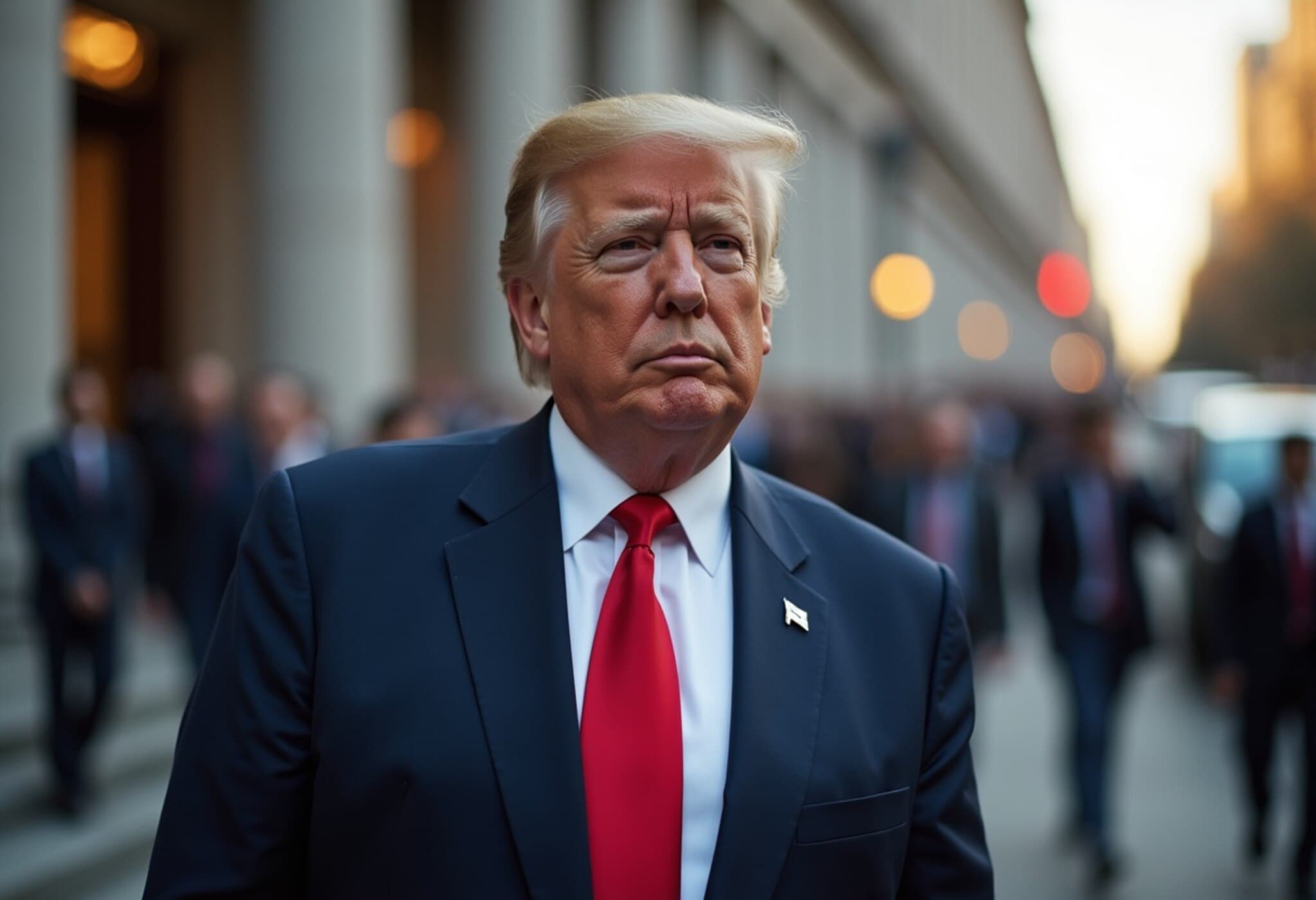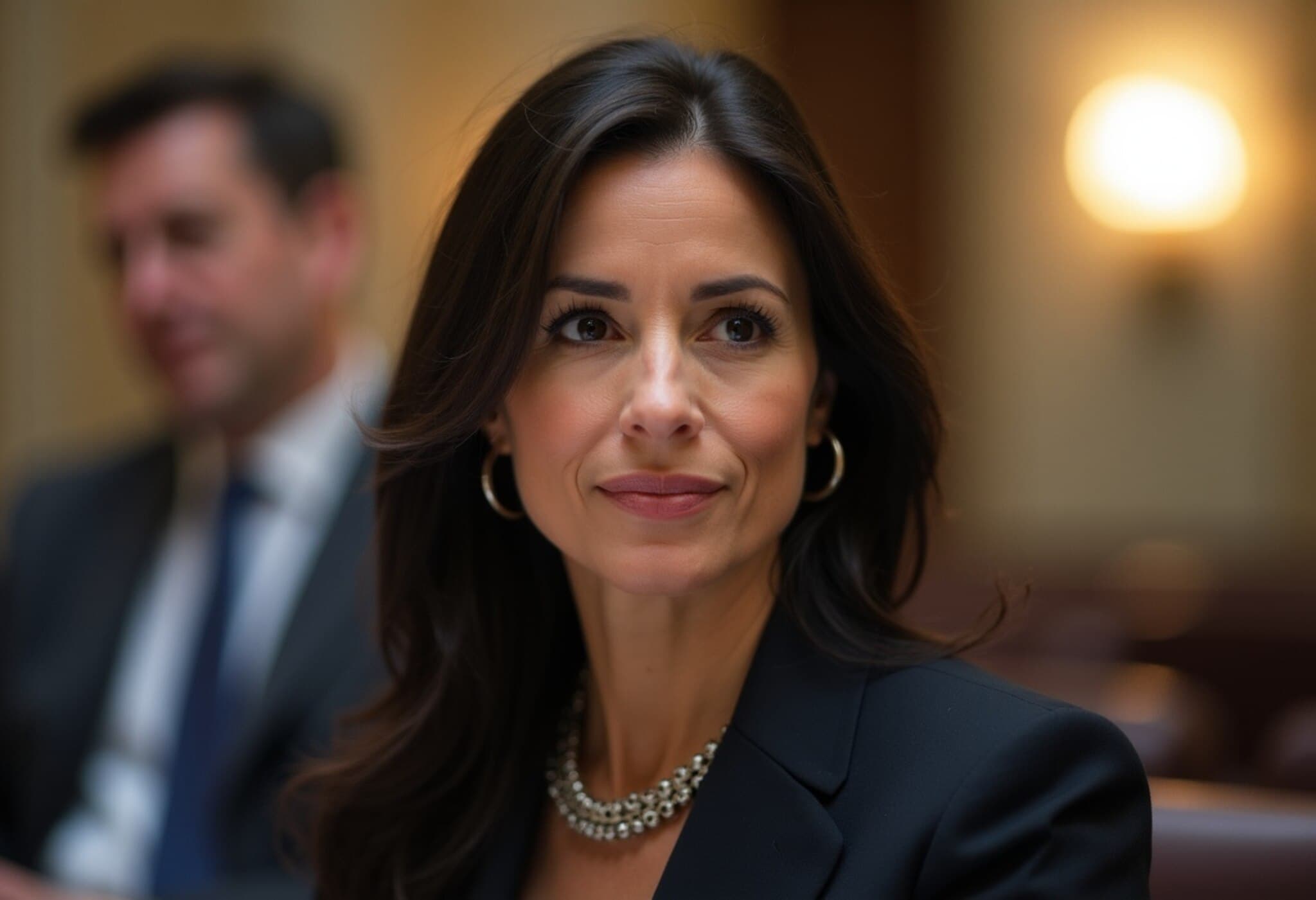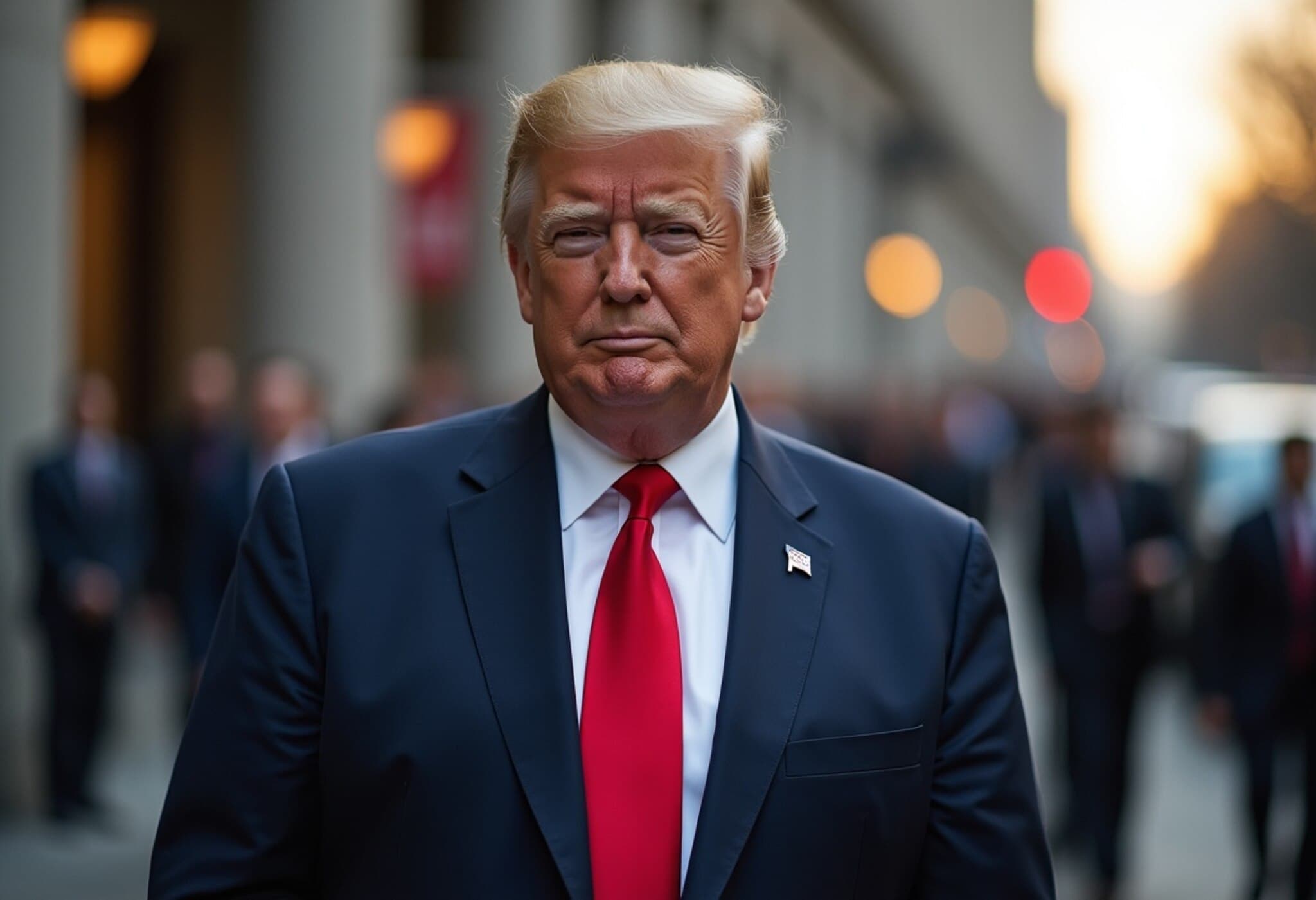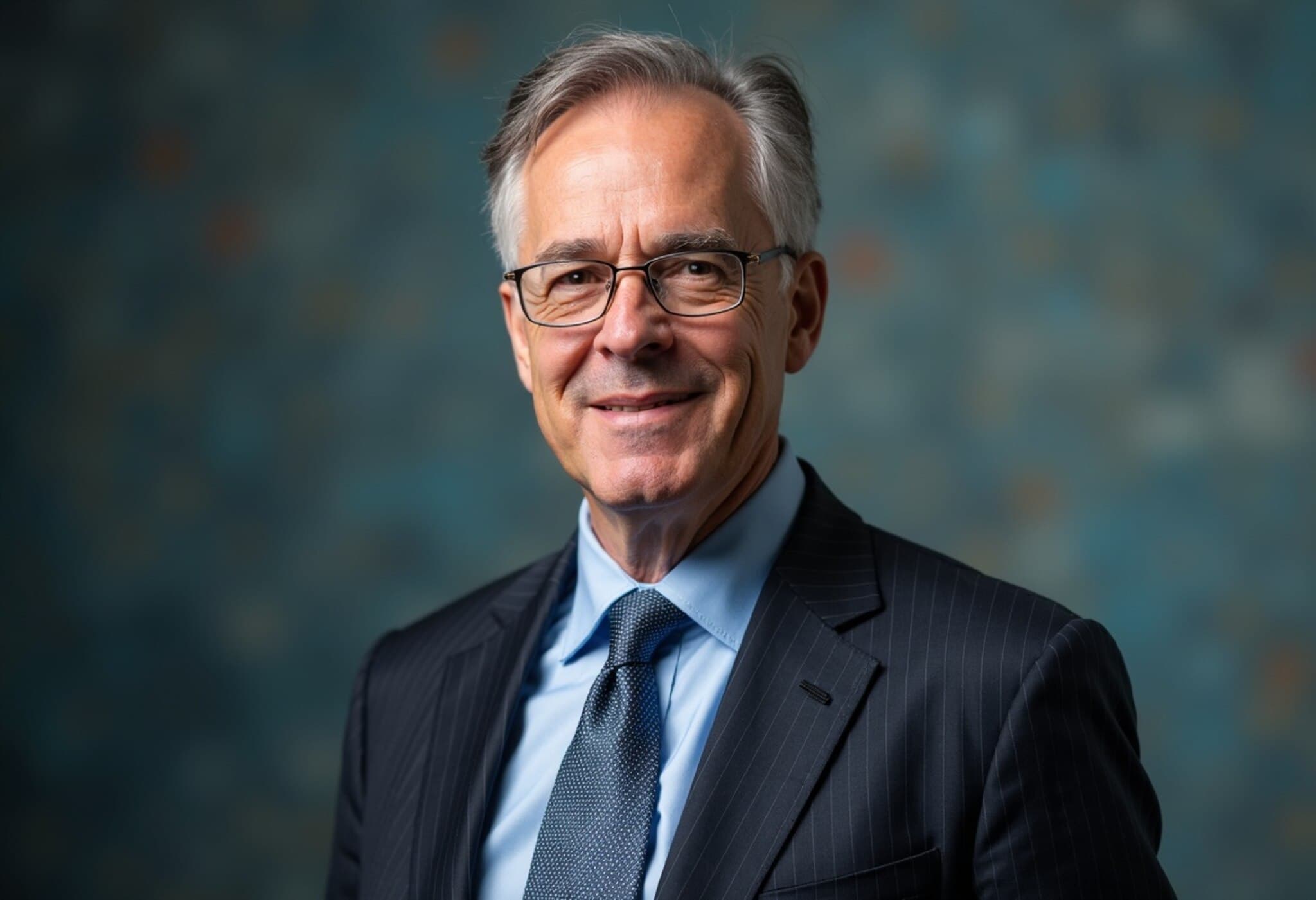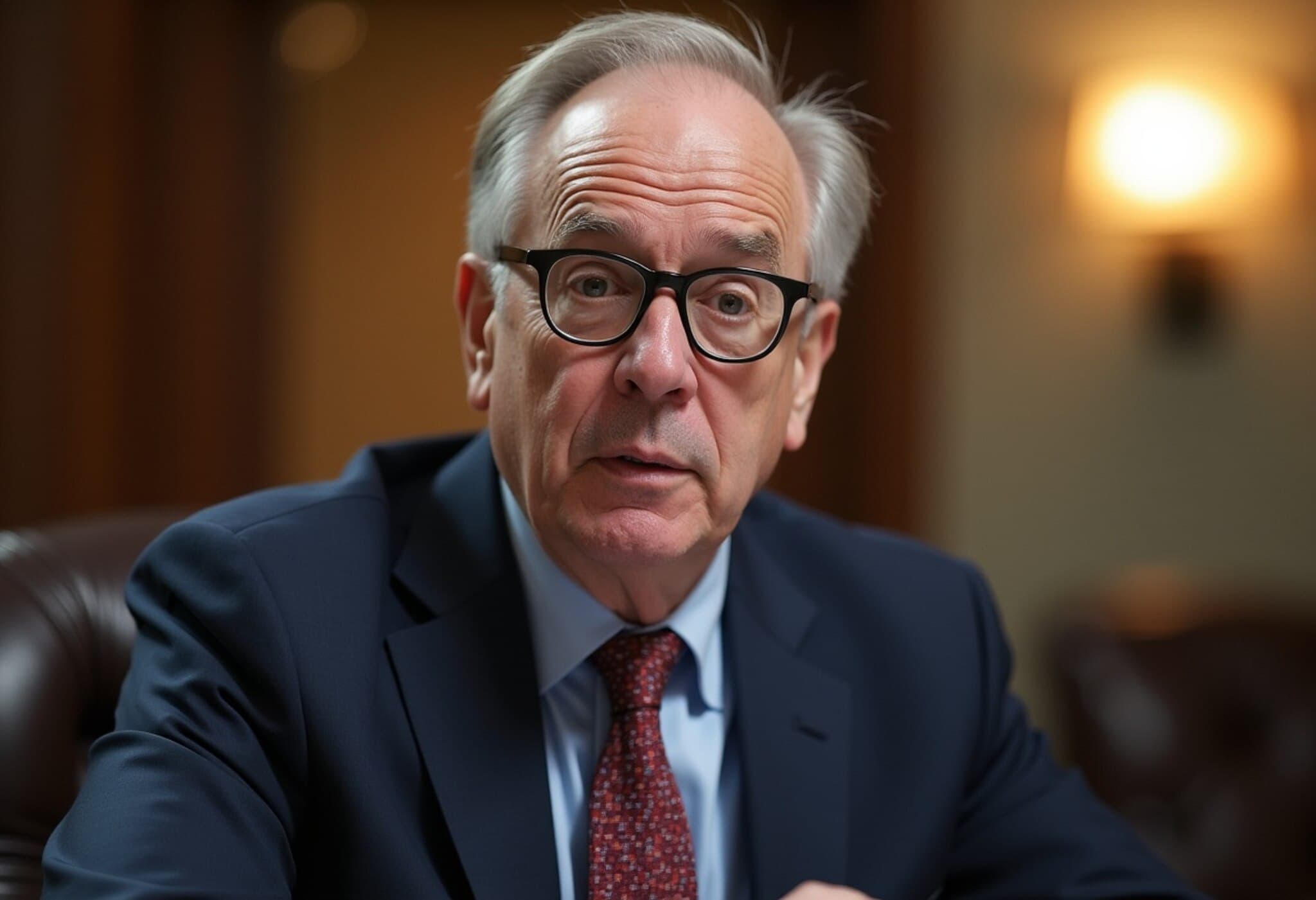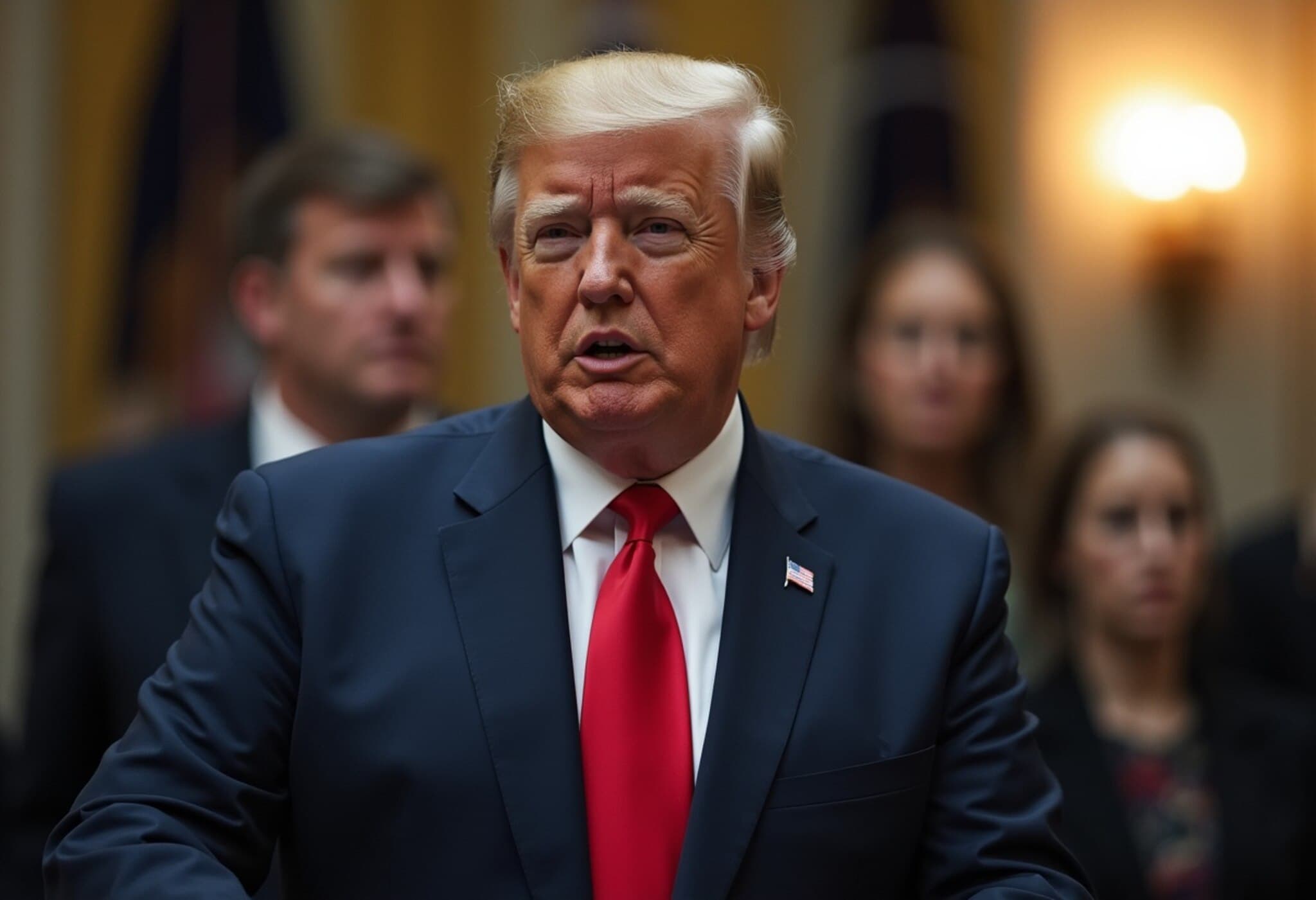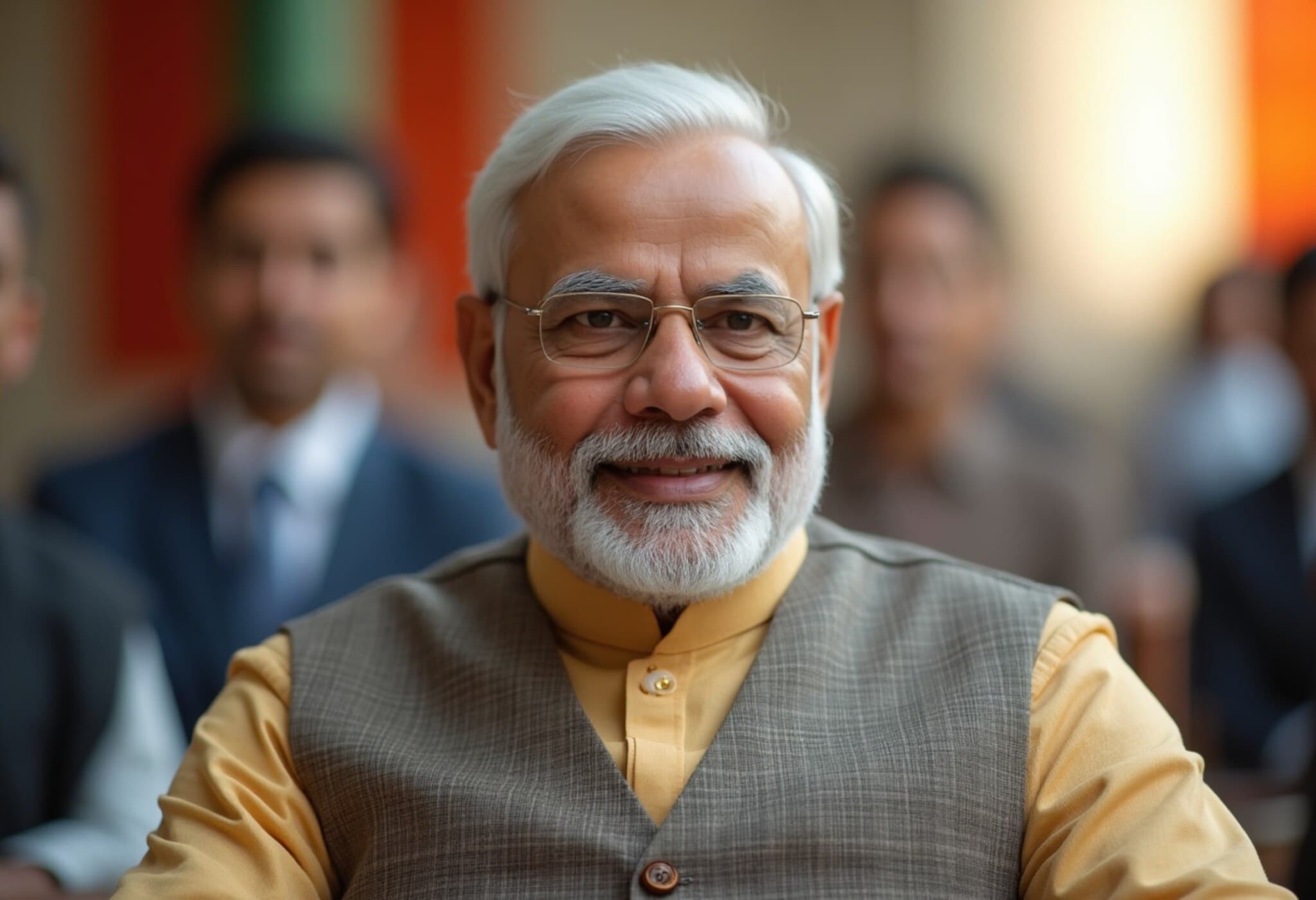Trump Confronts Fed Chair Powell Over Rising Renovation Costs
On July 24, 2025, President Donald Trump made an uncommon visit to the Federal Reserve headquarters in Washington, D.C., drawing cameras and attention as he confronted Federal Reserve Chair Jerome Powell about soaring renovation expenses. The two leaders, both wearing hard hats and serious expressions, stood amid the construction site to address the media, exposing the growing public tensions between the Administration and the central bank.
Disputing the Price Tag on the Fed’s $2.5 Billion Upgrade
Trump challenged the Federal Reserve’s official estimate of $2.5 billion for their much-needed facility renovation, insisting the costs had ballooned to $3.1 billion. Powell promptly rebutted this claim, explaining that Trump's figures mistakenly included the Martin building remodel—a separate project completed five years ago—clarifying the actual expenses under review.
This public back-and-forth marks a rare moment where the President directly questioned the Fed’s internal spending—especially notable given the Federal Reserve’s long-standing reputation for operational independence from political pressures. In recent months, Trump has been vocal about his desire for the Fed to lower borrowing costs, a stance rooted in his belief that lower interest rates will spur economic growth and relieve citizens’ financial burdens.
Interest Rates: The Core of the Clash
Following the tour, Trump addressed the media alone, pressing the need for interest rates to come down. “People are pretty much unable to buy houses,” he said, underscoring growing public frustration with high mortgage costs amidst the residual effects of recent rate hikes by the Fed.
Despite Trump’s urging, Federal Reserve officials—including Powell—seem poised to keep the benchmark interest rate steady at approximately 4.3% at their upcoming policy meeting. Many economists speculate that while a rate reduction might be on the horizon, it will likely not happen until the fall, possibly September, as the Fed carefully weighs inflation trends and economic indicators.
What the Fed’s Interest Rate Means for Americans
While the Fed sets a key short-term rate, this doesn't automatically translate to lower borrowing costs on mortgages or loans. These rates are shaped by market forces and investor expectations. For example, when the Fed cut rates last September, mortgage rates paradoxically rose, complicating the situation for homebuyers already struggling with affordability.
Trump Steps Back from Threats to Remove Powell
Notably, Trump dialed down previous talk of firing Powell, describing escalating renovation costs not as a "fireable offense" and acknowledging the seriousness of such a move. "I don’t want to put this in that category," Trump said. "To do that is a big move, and I don’t think that’s necessary. I just want to see one thing happen, very simple: Interest rates come down."
On his social media platform Truth Social, Trump added a sardonic note, remarking that despite the substantial cost overruns, the U.S. economy remains robust enough to afford them, reflecting his characteristic blend of economic optimism and political calculation.
Contextualizing the Visit: Symbolism and Stakes
Rarely do sitting presidents tour Federal Reserve facilities, a symbolic gesture underscoring the usually strict boundary between political leadership and central bank independence. Trump's real estate background, with its penchant for grandiose construction and opulence, perhaps colors his critical eye on the Fed’s own architectural investments.
More broadly, this confrontation sheds light on the broader struggle between political actors seeking to ease economic pressures quickly and central bankers prioritizing measured policy decisions to maintain long-term economic stability. The Fed’s careful balancing act influences everything from mortgage payments to credit card interest rates, affecting millions of Americans’ wallets.
Key Takeaways
- Trump’s public challenge to Powell puts the spotlight on the high costs of Federal Reserve infrastructure projects, highlighting tension between political leaders and the central bank.
- The Federal Reserve maintains a grip on interest rate policy, signaling cautious optimism but resisting immediate rate cuts announced potentially in autumn.
- Despite political pressures, the Fed upholds its independence, emphasizing data-driven decisions over political convenience.
- Buying a home remains difficult for many Americans due to mortgage rates influenced by broader market dynamics beyond Fed policy alone.
Editor’s Note
This rare, face-to-face meeting between the President and the Federal Reserve Chairman offers a revealing glimpse into the fraught relationship between fiscal policy ambitions and monetary policy realities. It raises important questions for American voters and policymakers alike: How will the Fed navigate political pressures while safeguarding economic stability? And what signals will the Fed’s actions send to households grappling with rising living costs? As the Fed’s next meeting approaches, all eyes will be on Powell’s commitment to balancing growth, inflation, and public confidence.

